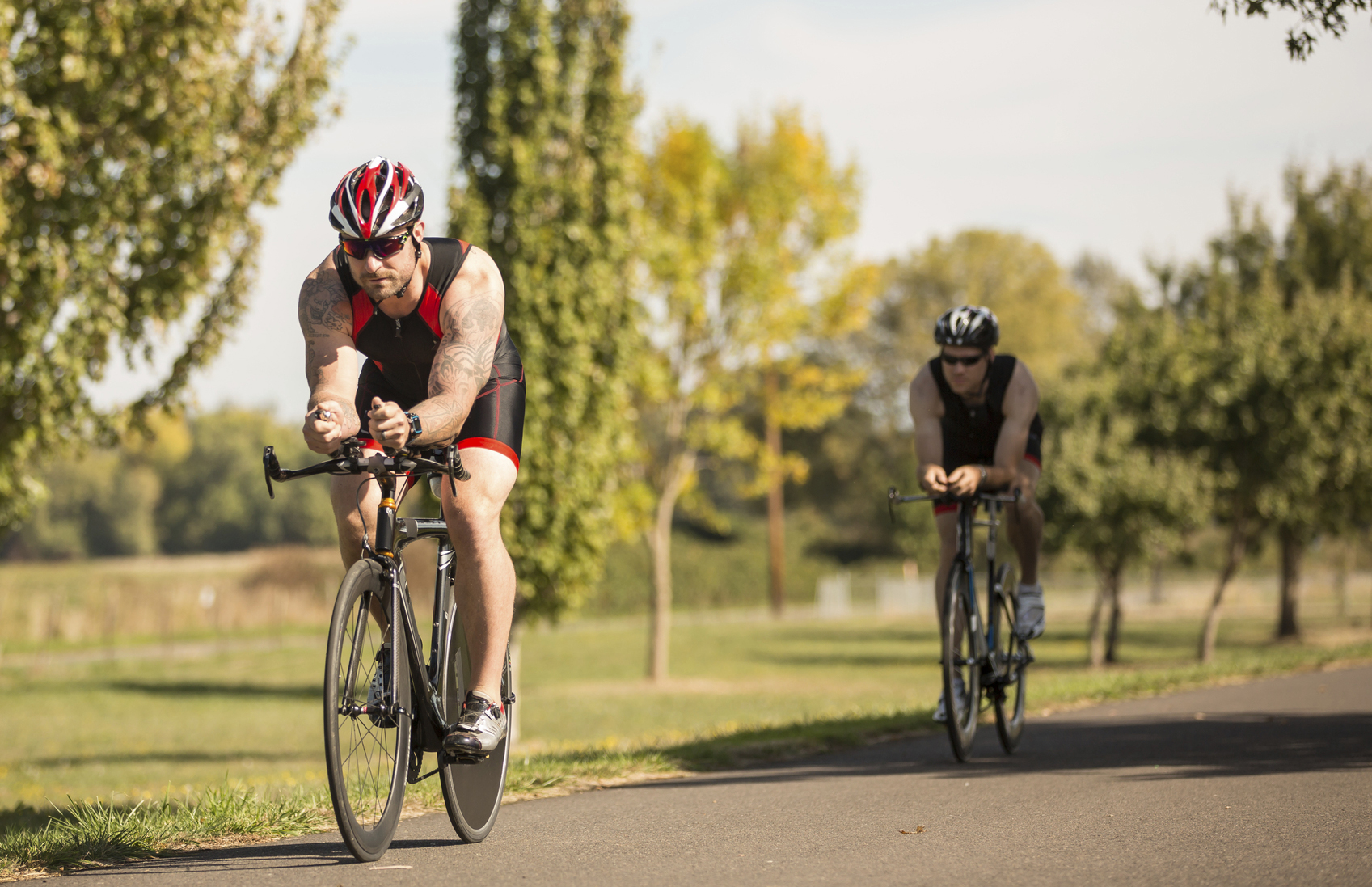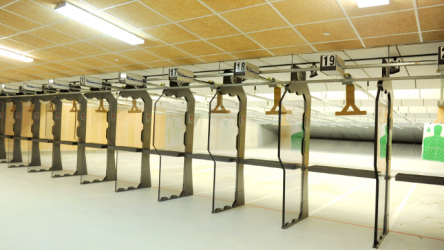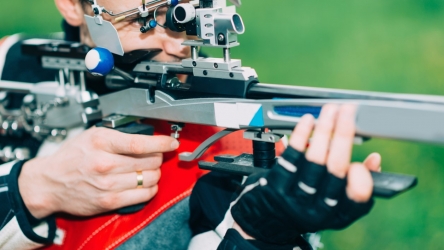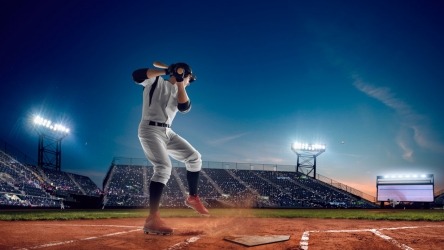
Currently there are many types of bicycles available. Even so, the standard safety bicycle design developed in the 1800’s is the basis of our current bicycle designs. The types of bicycle most commonly used today are mountain bikes, cruisers, touring bicycles, racing bikes, BMX’s and utility bikes. The class a bicycle falls in hinges on several elements; style of construction, number of passengers, gearing and propulsion.
Being the parent or guardian of a minor, you are responsible for the activities and safety of your child. For bicycling this includes making sure that the bicycle is properly fitted to the child and it is in safe operating condition and in good repair. You and the child need to understand its safe operation and learn local bicycling laws and motor vehicle laws if riding on roads. Make sure you and your child always wear approved bicycle helmets when riding, and that they fit properly and are buckled securely. This can prevent serious injury, but this doesn’t mean you can ride carelessly because there are many dangers when riding and helmets can only provide some protection.
Always see and be seen. Just because you see a car it doesn’t mean the driver can see you – especially big trucks, where the driver may have blind spots. Wear neon, fluorescent, or bright colors for riding always. Be especially cautious when you see a car or truck backing out of a driveway and stop until you know they see you before proceeding. This also applies to parked cars. Leave enough space so that you won’t run into a car door, if opened unexpectedly while you are riding by. Avoid riding at night, as it is far more dangerous. But if you must, make sure your bicycle has reflectors and you have a forward facing (white) light and flashing (red) rear light.
Ables & Annes law firm provides bike riders with safety guidelines about how they can protect themselves from traumatic brain injuries and other head trauma should an accident occur. Sadly, a bike helmet isn’t always enough to protect a biker from injury.
The safest place for bicycle riding is on the street (except for a designated bike path), where bicyclists are expected to follow the same rules as motorists and (always) ride in the same direction as traffic. Children less than 10 years old, however, are not mature enough to make the decisions necessary to safely ride in the street and are better off riding on the sideways. But check the local laws to make sure sidewalk riding is allowed in your community. Always remember that pedestrians have the right of way on sidewalks and bike trails. It is the responsibility of the bicyclist to alert pedestrians you are approaching and to cautiously proceed around them – especially when children or dogs are involved, as you never know when one could dart in front of you. Slow down and leave enough room to stop to avoid any injury.
Watch for hazards on the roads or sidewalks, such as glass, gravel, potholes, or dogs, and slow down to avoid them. If you are riding with friends and you are in the lead, make sure you alert the riders behind you to avoid the hazard. Do not ride with music ear buds, as you must pay full attention to what is going on around you, whether it is another bicycle or vehicle passing, an approaching (barking) dog, or any other potential danger.







